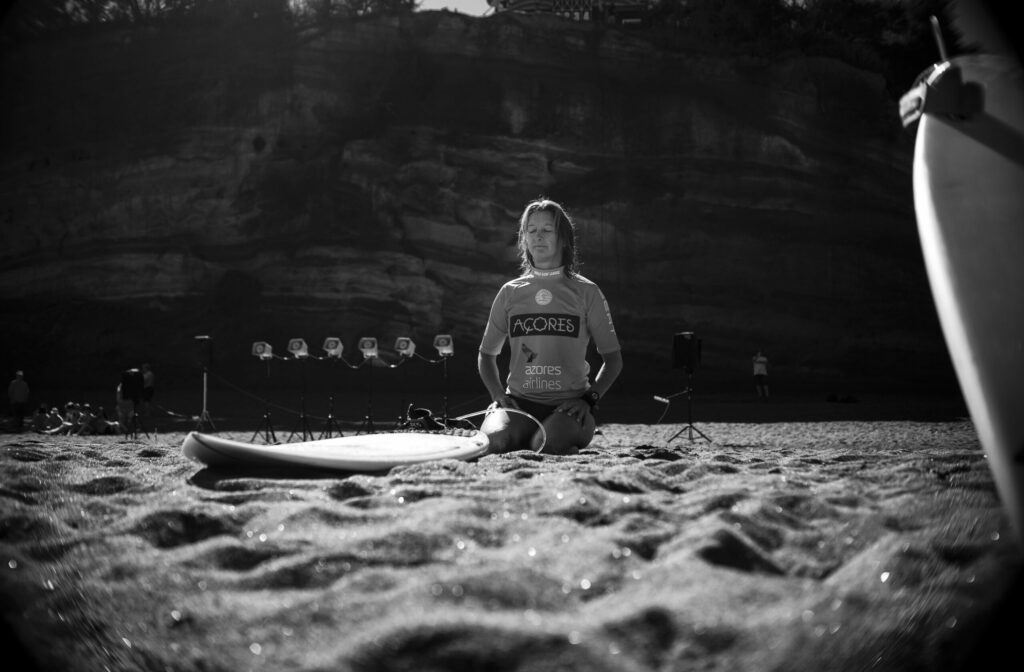
The Invisible Line I No Longer Dance Around
There’s a sliver-thin line between self-assuredness and outright arrogance. It’s a line that, when crossed, can have far-reaching implications for any individual.
Often, in the pursuit of our dreams or goals or even daily tasks, we are confronted with mixed signals; stand out, yet don’t peacock. Believe in yourself, yet don’t over-do it. It’s an intricate dance of projecting power without alienating those around us. It’s a uniquely Australian trope often crudely summarised as tall poppy syndrome.
But if you observe closely, the successful a don’t just dance along that line; they’ve mastered the art of walking it—gracefully. They stand tall, yet they remain humble. How do they do it?
We’ve entered an era where self-confidence is heralded as a necessary ingredient for success, however it’s essential that firstly, we understand what self-confidence is, and secondly, that we celebrate it.
It’s our actions, not our words; our successes, not our self-promotion, that truly reflect who we are.
In the same breath, we must also explore the intricate dance between self-confidence and ego. Self-assured individuals spring forward to embrace opportunities, celebrating their successes with a grounded understanding of their worth.
Arrogance, on the other hand, stands as a wall between the person and their potential. It alienates, distances, and ultimately, it sabotages the very victories it would seem to celebrate.
The Myth of the Ego
Ego, when adopted as an extension of our personality, can be the prison cell of our potential. Those who carry an ego often see the world through a lens tinted with their accomplishments, unable to appreciate the rainbow of opportunities beyond their narrow field of focus. Egotistical pride is the contradiction of insecurity; it screams, “I am,” and yet whispers, “Am I?”
The ego is a menace that creates an environment of fear and reluctance – oftentimes a reluctance to accept anything other than the story your ego perpetuates to yourself.
It renders you unable to grow and build resilience because ego tells us that we have already reached the peak, that there is no room for improvement. And as Maya Angelou echoes, it is through the resilience to attack life head-on, to confront it with humility and courage, that true power resides.
Navigating the Path to Self-Confidence
Self-confidence is the unwavering belief in your abilities and the pursuit of personal growth. When you are self-confident, you own your achievements, yet don’t allow them to define your character. You become a beacon for those around you, illuminating the path to collaboration and shared victories, recognising that success is a communal vineyard, not an individual garden.
Herein lies the important distinction between self-confidence and ego:
Self-confidence does not seek to overshadow; it desires to uplift.
Ego lets the outcomes overshadow everything; it desires to not just lift yourself up, but to defeat others in the process.
Self-confidence, unlike arrogance, is infectious. It breeds resilience, fortitude, and the ability to transform challenges into opportunities. It creates a virtuous cycle, where personal and shared triumphs feed each other, growing both yourself and those around you.
When Confidence Leads the Way
I’ve spoken about self-confidence at length over the years, because I firmly believe it is the foundation for all success and achievement.
When confidence leads the way, it does so by standing firmly on the four pillars that construct the foundation of self-confidence. These elements – exposure, failure, reflection and compassion – might at first glance seem daunting. Yet, they are the most fundamental elements that we can all turn to in times of self-doubt and uncertainty.
Exposure thrusts us out of our comfort zones, compelling us to face new environments, challenges, and perspectives that we might otherwise shy away from. It’s in this discomfort that we find growth, learning to adapt and thrive in diverse settings.
Failure, though often feared, is a powerful teacher. It humbles us, teaching resilience and the invaluable lesson that not every attempt leads directly to success. Failure is not the opposite of success; it’s an essential part of it. Each setback is a lesson in disguise, carving out the path to triumph.
Reflection allows us to pause and introspect, to analyse our actions, decisions, and outcomes. It’s in these moments that we gain insights into our strengths and weaknesses, understanding what we did right and what we can improve.
Compassion – both for ourselves and for others – is what binds these elements together. It allows us to be kind when we fail, to support others as they strive and stumble, and to celebrate success without ego. Compassion fosters a supportive environment for all to grow.
Self-confidence, built upon these pillars, empowers us to lead the way – not with arrogance, but with humility backed by the strength of our convictions and experiences.
What I’ve learned through my years is that the journey to self-confidence simply continues. It is not about eradicating self-doubt or fear but about embracing them. It’s about acknowledging our fears, and choosing to move forward despite them. This is the essence of true self-confidence – it’s not loud or boastful, but quietly powerful. It’s the inner strength that enables us to face life with courage and grace, empowering not just ourselves, but everyone around us.
There are so many people out there who will tell you that you can’t. What you’ve got to do is turn around and say ‘watch me’.
Love,
Layne xx.





Responses